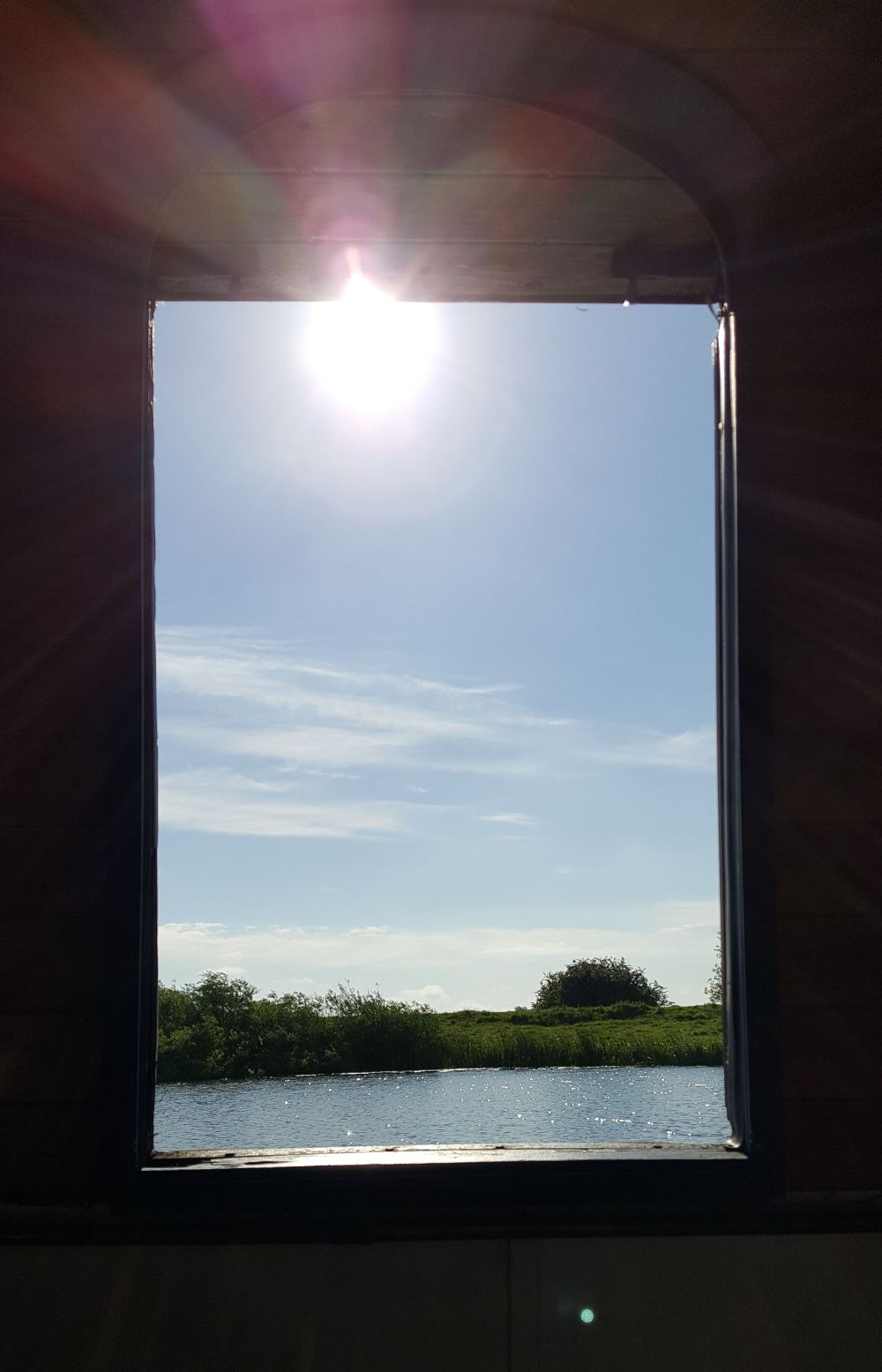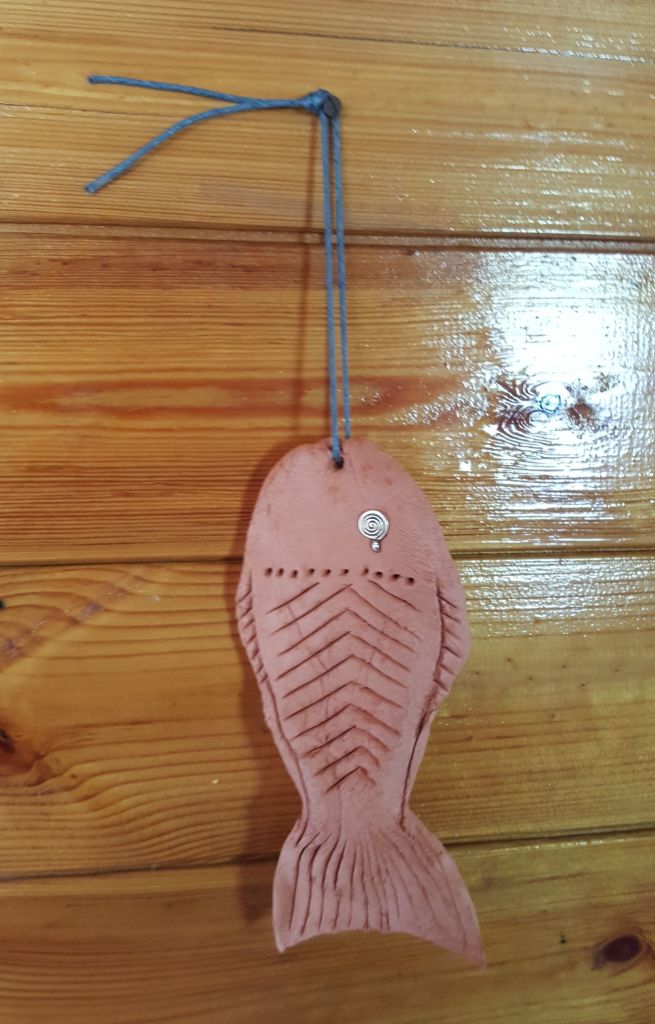That asterisk stands out in the title. It is a philological notation to denote when a word, or in this case a name, is reconstructed. It means the word is not known from engravings or written sources, but that it is a theoretical word derived from the careful following of a breadcrumb trail back through language and time.
It is a similar trail of breadcrumbs we have been following to discover who lies behind Lludd, Nudd and Nodens.
To go back further than Nodens of the Iron and Romano-British periods, is to find scraps scattered across time, geography and culture. Jan Puhvel and George Dumezil are accessible sources to go to when looking at this period and finding relevant information on the god we are seeking. All of what we find comes from outside the British Isles and for our purposes must be inferred from the patterns and themes of the past in sister and cousin cultures.
What we can infer can be boiled down to this;
In Indo-European cultures there were two brothers; Gods. One was a God-King, who rules the heavens and the daytime. The other a God-Magician who rules the night and underworld. One was associated with order, justice and the proper running of things. The other, with disorder, chaos in the sense of cleaning and clearing away the deadwood. One could be said to be of the living, the other of the dead.
These themes tended to stay rigid in that one took God-King, daytime, order and the living. The other God-Magician took the dead, the night and the underworld. This theme gets jumbled when you move to Western Europe of the Germanic and Celtic peoples. You have the pairing of Odin and Tyr for instance where the roles have been merged largely into Odin; God Magician and King, the heavens, the dead. And the role of Tyr have become diminished somewhat. In Tyr we also find the silver hand – whether this is cognate with Nuada and Llud of the Silver Hand for direct reasons I am not sure, but it is a nice synchronicity.
In Britain, the roles are also slightly mixed; we have Lugus (Lug, Lleu and Lleufelys) the God-Magician but who has moved to the heavens and taken on the role of god of the people and of craftsmanship. In this case it is Nudd-Nodens who has become god of the dead and underworld (and waters), but still retained his roles of God-King; proper rulership and justice.
My feeling on this is that his place is to ensure order by having a period where the old and used out is cleared away, a purge to begin again as it were, led by his son, Gwyn ap Nudd, during the new year period.

As I write much of this, I am 7 days into a 12 day trip from Cambridge to London on the rivers and canals of Eastern England. I am cruising a narrowboat which will become my home in a couple of months’ time. I have over the past week seen wildlife I have never seen before and witnessed things that have struck me as more profound than I have ever considered. My life at the moment is completely tied to the waters; from gently flowing rivers to the vast man-made drainage canals of the Cambridgeshire fens. I am watching millions of mayfly emerge, take wing, mate and die around me. Other small invertebrates are taking to the wings and each egg they lay as they dip to the surface causes a small ripple. There are more ripples than the torrential rain of 3 days ago. This cloud of life is being fed on by fish from below and birds from above. This is the productivity of the waters brought to the surface. The fecundity of the land is something we celebrate every year, but the fecundity of the waters are ignored. This is something I am going to have to rectify at some point and in some way.
A few days ago I was at the Denver and Salter’s Lode locks. These mark the crosroads where the freshwater Great Ouse meets its tidal sister and where the tidal Great Ouse meets the Middle Levels of the Cambridgeshire Fens. There were information boards giving the 300 year history of people trying to regain this land from the sea, and then trying – and regularly failing – to retain the land. It is hard not to be impressed by the tenacity, ingenuity and engineering that went into this. Though for all of this, the waters regularly drowned the landscape, and will eventually reclaim this land. What currently lie as fields and villages will once again become sunken lands.

On my journey I slipped easily in ritual behaviour. Plucking a strip of willow twig soon after setting off from Cambridge and keeping it on the deck beside me. When the River Cam became the great Ouse, I cast the sprig into the water and thanked the Cam spirit before taking up another sprig from a willow as I passed beneath it. This carried on; carrying willow from river to river; casting it in and thanking the spirit of the river I had traversed. When I finally met the man-made canal network, I poured in beer and offered up a clay fish I had made specially to be given up to Nodens. I nearly wrote ‘I sank easily in ritual behaviour’ a moment ago, but that has implication of rising and sinking and suggests a ranked, qualified distinction. Slide works better, it is more accurate. Away from people for days at a time, living on my own on a boat on the water for near on 24 hours a day, my world became me, the river and the other living things I shared it with. It became difficult to get back into the real world when I arrived back in London; like heaving yourself out of a swimming pool; suddenly struck by the extra weight the waters had been supporting. I remember what it was like for that time on the water and in the sun – and now being alongside waters makes me feel lighter, makes me feel like I could cast something off if I just took a few more steps into them.
The final thing that has stayed with me since coming back onto dry land is the Lady of the Lake. She strikes me as encapsulating Nodens; the sword offered from the waters to the Right person, the Proper person and ultimately taking that same sword back into themselves when his time had come. She, in her role, fits nicely for what I have come to think and feel about Nodens.
George Dumezil. Mitra-Varuna: Essay on Two Indo-European Representations of Sovereignty. Trans. Derek Coltman. 1988.
Jaan Puhvel. Comparative Mythology. 1989.
Interesting… I guess *Neptonos also gives Neptune. I’ve always felt that Nodens is the British Neptune.
I’ve also thought the following lines, written about the Lancashire shore, near where the statues dedicated to Nodens were found speaks of him as much as Neptune –
‘How many thousands of theis trees now stand
Black broken on their rootes, which once drie land
Did cover, whence turfs Neptune yeelds to showe
He did not allways to theis borders flowe.’
Richard James
Through connections I traced between a bog body possibly sacrificed to Nodens with hazel somewhere further south, I’ve intuited some of the bog bodies in Lancs buried with hazel may possibly be connected with him.
Your time on the canal sounds amazing 🙂 I love the clay fish. Is that your boat in that pic?
Coincidentally I’m currently reading a book about a sentient barge with eyes, dragon’s feet and a dragon’s tail!
LikeLike
Yeah, I am pretty sure they derive from the same Indo-European source. The main divergence is that as the precursor cultures were more land and river based and not so much the sea, it was once those cultural motifs spread West and hit the oceans that He became more oceanic.
I was really chuffed with how the fish came out in the time I had to make it – seemed the proper thing to do, offering it into the canal. And yes, that is my boat 🙂 Moored up on the River Nene near Fotheringhay (crazy posh medieval village)
LikeLike
I should add; I didn’t make any connections with plants or trees but definitely fish and Cormorants. I suspect also Kingfishers.
LikeLike
I like the way you are linking observations about deities with observations of the complex and often bewilderingly brilliant detial of other-than-human worlds. I have a close and longstanding connection with Kingfishers, so can confirm that they are intimately related to Neptune/Neptonos (amongst other powers) on the basis that they tend to appear when the planet Neptune is active astrologically. I have found this to be the case whether the contact is with the flesh and blood bird, or in dreams, visions, or meditations.
For me they crystallised the connection between water and the underworld of death by appearing at times when I was experiencing erruptions of grieving, and the clarity of vision that sometimes accompanies it. Another aspect of the ‘fecundity of the waters’ perhaps?
LikeLike